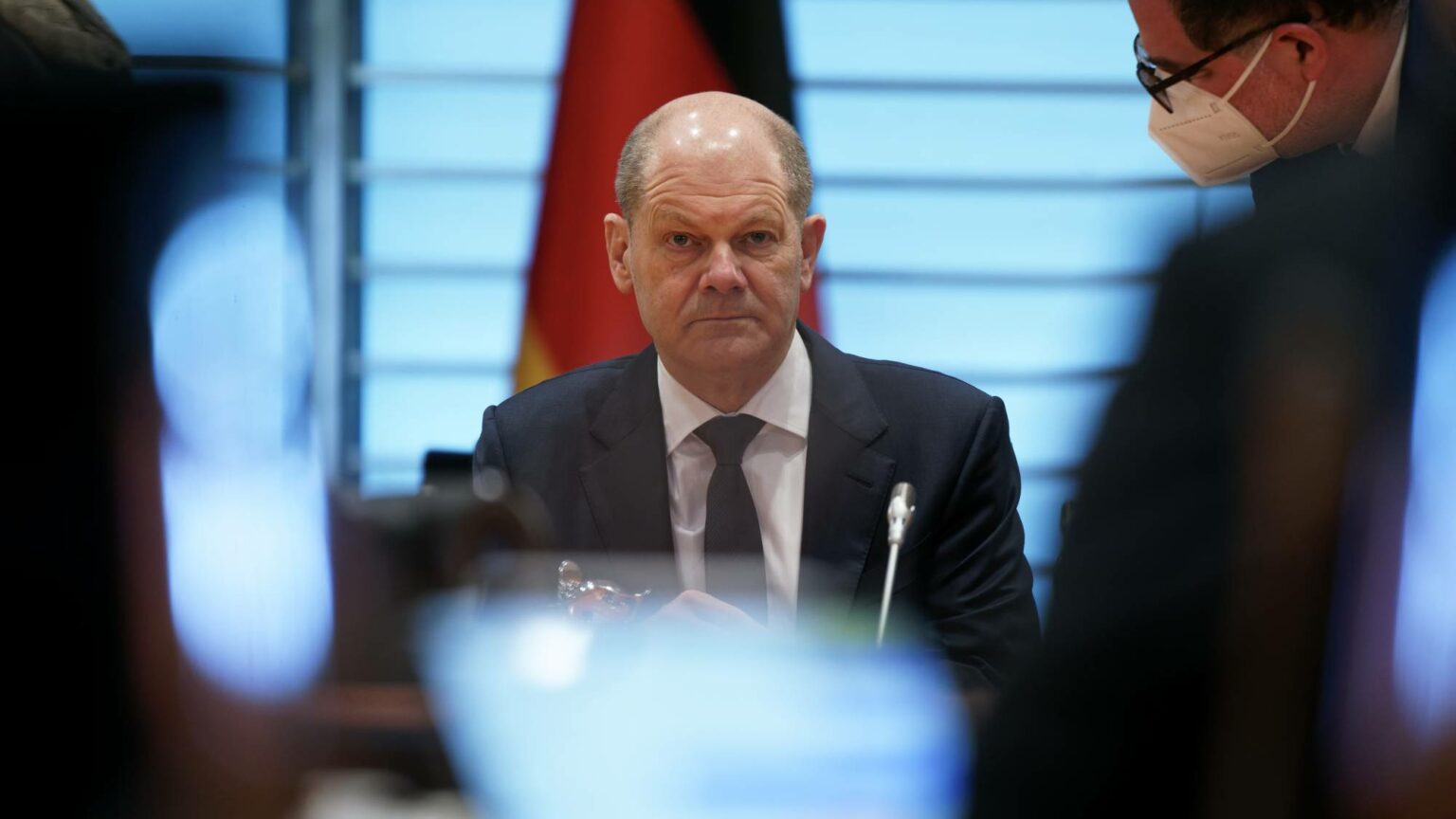BERLIN, Sept 12 (Reuters) – Germany’s wet and windswept north has long lacked the economic appeal of the industrial south, but the green transition and an energy crisis sparked by the war in Ukraine are shifting the balance.
When Northvolt looked for a German location to build its first battery factory outside of Sweden, they chose not the southern industrial heartland, but the proximity of the stormy North Sea coast, where the wind power industry began its triumphal march.
“Battery manufacturing is hugely energy intensive,” said Jesper Wigardt, Head of Public Affairs at Northvolt. “If you look at this part of Germany, it’s interesting energetically, but also the type of energy in the grid.”
Sign up now for FREE unlimited access to Reuters.com
Northvolt’s decision was announced on March 15, just as an energy crisis triggered by Russia’s invasion of Ukraine was unfolding. While the West has tightened sanctions against Moscow, Russia has steadily reduced pipeline gas supplies to Europe.
“In reality, we have never received cheap gas from Russia,” said Foreign Minister Annalena Baerbock. “We paid double or triple the cost of our national security for every cubic meter of Russian gas.”
Germany, which has historically been heavily dependent on Russian gas, is trying to wean itself off of Russian supplies. The North Shore will be the focus of this effort, both for generating more renewable energy and for importing gas to fuel the transition from nuclear and heavily polluting coal-fired power plants.
Two floating terminals to receive liquefied natural gas (LNG) will be commissioned on the North Sea coast within months, stopgap solutions until permanent ones are built there.
The northern federal states of Lower Saxony, Schleswig-Holstein and Mecklenburg-Western Pomerania already produce half of Germany’s 64 gigawatts (GW) of wind energy, most of it on land today. But these coastal states will play an even bigger role as Germany ramps up offshore wind generation from the current 7.7 GW to 70 GW by 2040.
The South, which drove Germany’s economic boom after World War II and is home to industrial giants such as BMW (BMWG.DE) and Siemens (SIEGn.DE) in Bavaria and Mercedes (MBGn.DE) in Baden-Württemberg, is now standing before a rival in the north.
“SILENT POWER STRUGGLE”
It shifts the compass in Germany’s traditional tussle between the affluent west and the poorer, post-communist east.
“There is a huge, silent power struggle going on between North and South,” said the prime minister of a German state, who wished to remain anonymous.
And the North is gaining traction.
Tesla opened a factory in northern Brandenburg in March, while Volkswagen – Germany’s only carmaker based in the north – is building a new battery factory in Lower Saxony to equip its electric vehicles.
Also in Lower Saxony, Belgian company Tree Energy Solutions (TES) plans to build a plant to produce hydrogen, first made from methane from food and other waste, and later splitting water through electrolysis powered by offshore wind energy.
While Germany’s wealthiest counties remain in the south, the fastest-growing counties are in the north and west, according to economic research institute IW, which ranks the country’s 400 counties based on factors like tax returns and skilled labor share.
“After decades of dominance, first by the West and then by the South, the North is now gaining momentum,” says Hanno Kempermann from IW.
The power crisis could help tip the scales. Germany already needs to build more high-voltage interconnectors between north and south, a requirement that is becoming more pressing as more renewable electricity is generated in the north.
Bavarian Prime Minister Markus Soeder, whose state is home to some of Germany’s industrial leaders, has repeatedly said the federal government is not doing enough to protect Bavaria’s economy and has called for Germany’s last three nuclear power plants to be kept running to ensure that the industry does not suffer.
The federal government in Berlin says that Soeder has been slow in expanding wind energy in his own state.
The government had set a target to close its last power plants by the end of 2022, but adjusted the plan to keep two of them running until spring. After that, too, it is striving to phase out nuclear energy.
As Russia’s gas supplies dwindle, Germany is already in the second phase of a three-stage energy contingency plan. The third stage provides for electricity rationing for industry.
This month, Soeder appealed to Manuela Schwesig, prime minister of Mecklenburg-Western Pomerania in the north, one of Germany’s poorest states, and offered the services of Bavarian state officials to expedite the construction of an LNG terminal to ease the power crisis affecting the Bavarian state industry could meet .
A Bavarian government official said: “Soeder visited Schwesig because there is a common interest in getting gas from north to south.”
(This story has been refiled to fix a typo in the headline.)
Sign up now for FREE unlimited access to Reuters.com
Reporting by Thomas Escritt and Andreas Rinke; Edited by Rachel More and Edmund Blair
Our standards: The Thomson Reuters Trust Policy.

/cloudfront-us-east-2.images.arcpublishing.com/reuters/3PU3BNQZ4JPEJLD3DDIR7A5YZE.jpg)


